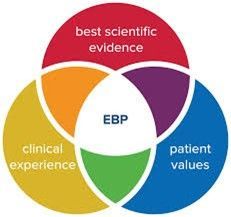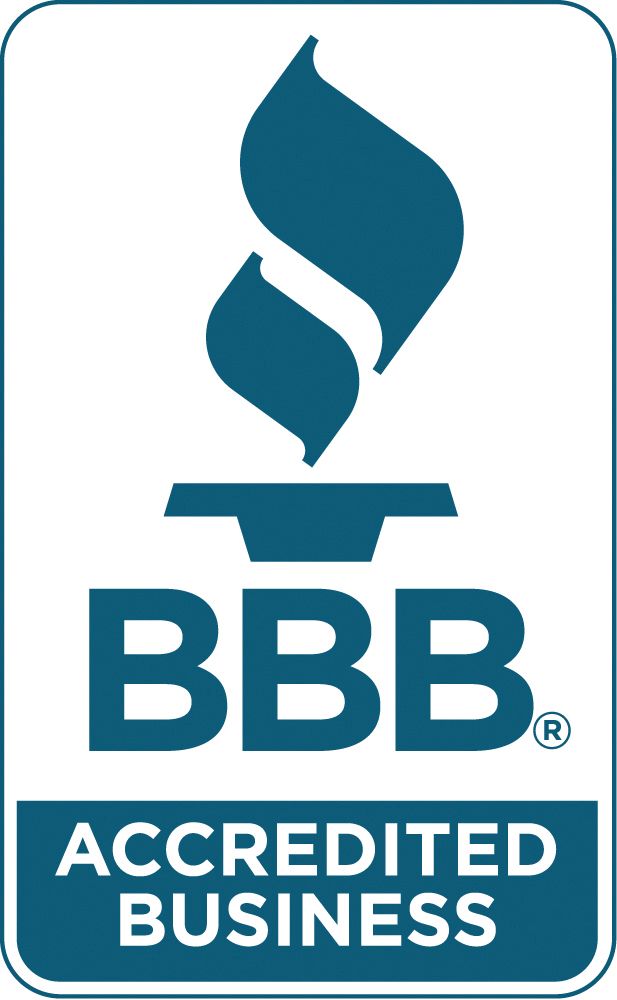Employee Length of Stay – 3 Recommendations
The employee length of stay is a strong measure of a company’s employee retention, recruitment, and morale program. Briefly, the length of stay or employee tenure is a statistic similar to that of behavioral health clients. It looks at the average amount of time between an employee’s first day of onboarding to their last day of employment.
According to the Bureau of Labor Statistics, the average employee length of stay is about four years, which also applies to behavioral health. Traditionally, behavioral health employees view each agency as a stopping point in their career journey. Many are Bachelor’s level staff earning their Master’s degrees while working. Or they are Master’s level clinicians seeking hours for their licensure. Either way, they use the agency as a stop for experience while they attain their final goal (whatever that is).
The Great Resignation put a monkey wrench in this equation, possibly lowering the employee length of stay. Employees left their organizations due to wages, lack of recognition, no upward mobility, or burnout. But there are three ways to rectify this problem and regain employee retention.
1. Hire the right people. Joni Coccagna and David Murdock with Kaufman Hall and Associates discuss ways to improve the recruiting process. Along with their discussion, executives in behavioral health need to find the right person for the job. Jobs are more about the qualities a person has vs. their experience. For example, staff who work in the field need to be more independent, conscientious, and energetic. A candidate who does not fit these criteria, regardless of how long they’ve been doing the job, will not succeed.
2. Train employees. One of the major reasons for burnout is that employees lack the competencies to work with clients. And with clients having higher acuity of symptoms now than before, the need for skill-building doesn’t stop. Furthermore, documentation skills must also be a priority to ensure a longer employee length of stay. Because when their skills lack, they are frustrated and want to leave their job for greener pastures. Better knowledge of how to work with clients leaves employees more comfortable with their work.
3. Recognize employee achievements. In one company, when they had their monthly staff meetings for all employees, awards were given. Along with these awards were cash, gift cards, and certificates. The amount of these prizes was not large, mostly under $10. But the principle of acknowledging employees, especially when employees make an effort to improve, reaps huge rewards in loyalty, comradery, and longevity. And there are resources for these rewards.
Praxes provides employee retention and recruitment consulting services for behavioral health agencies. For more information, please contact us.




